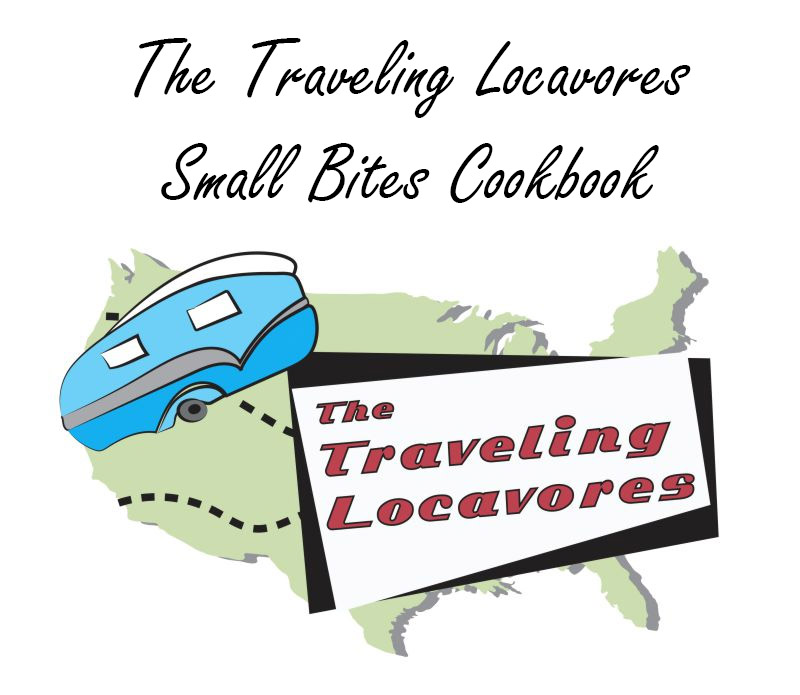For a few years we had been hearing about how stunning Joshua Tree National Park was. Finally we were in Redlands, California and close enough to see Joshua Tree for ourselves.

The very cool entry to the Joshua Tree Saloon.

The fun facade of the Joshua Tree Saloon made us feel like we had stepped into a time machine and landed in the Wild West! Photo Credit: Website

The back courtyard where we sat for lunch at the Joshua Tree Saloon Photo Credit: Website

Our yummy burgers and fries at the Joshua Tree Saloon Photo Credit: Website

This was such a cool bus parked behind the Joshua Tree Saloon!
Joshua Tree Saloon
At the time (yes, I am very far behind in my writing!) all restaurants were closed in California, except for take out. We don’t really love eating in the car. So we were really happy to find the Joshua Tree Saloon to have lunch. They had a large patio and a bar outside. We ordered our take out lunches but we could take our food and eat at one of the many tables surrounded by a facade that made us feel like we were living in the Wild West of yesteryear, It was a glorious afternoon and dining al fresco made it that much more enjoyable. Plus the burgers and fries were delicious sustenance for exploration of Joshua Tree National Park.
Joshua Tree National Park

Welcome to Joshua Tree National Park

This pair of Joshua trees welcomed us to the park, but the best was yet to come!
Following lunch we took a short drive to the entrance to the park. Joshua trees are quite unique and certainly not seen everywhere. But at this National Park there are hundreds and hundreds of them. Joshua Tree National Park is huge and encompasses both the Mojave and Colorado deserts.

Desert landscape highlighted by this beautiful Joshua tree.
Mojave Desert
The western half of the park, the part we visited, is the Mojave Desert habitat. There are pinyon pines, junipers, scrub oaks amid the stacks of boulders. But it is those Joshua trees that truly lets you know that you are in the Mojave Desert. These wild armed trees are not really trees. Joshua trees are a species of yucca.

Mountains in the distance and hundreds of Joshua trees. I love how the sun is glowing behind that large puffy white cloud!

Even the Yucca grow artistically at Joshua Tree National Park
Joshua Trees
Like other desert plants, it’s waxy, spiny leaves expose little surface area which efficiently conserves moisture. These trees can grow to over 40′ tall. But they grow very slowly, at the rate of only one inch per year.

Huge boulders seem to have tumbled and landed in an artistic arrangement

My intrepid mountain climber!
Joshua trees bloom from February through April with clusters of cream colored flowers. Once the flowering is done the branches form. These trees attract many birds and other creatures who use the branches as a home.

A fabulous Joshua tree that stands out in front of an amazing rock formation

Stunning rock formations like this reveal themselves to you as you travel through Joshua Tree National Park
Who piled up those rocks?
But as cool as Joshua trees are, it’s the rock formations that are truly astounding! They are so gorgeous and unusual that they made us wonder who stacked up all those rocks?

This rock formation looks like a Walrus to me. What do you see?

A vivid imagination will have you seeing all sorts of things at Joshua Tree National Park. To me, this is a giant eagle.
As we drove through Joshua Tree National Park the roads lead us through roads and trails that lead us through a jumble of stacked boulders. We could easily use our imaginations to see unlikely shapes like the eagle and walrus in our photos.

The sunlight made this rock formation look yellow. So beautiful!
Those rock piles actually began underground eons ago as a result of volcanic activity. Magma, in the case here a molten form of the rock called monzogranite, rose from deep within the Earth. As the magma rose, it intruded the overlying rock, the Pinto gneiss formation.

More fabulous Joshua trees and fabulous rock formations.

Just one of the many stunning large Joshua trees at Joshua Tree National Park
As the granite cooled and crystalized underground, cracks or joints formed horizontally and vertically. The granite continued to uplift, where it came in contact with groundwater. Chemical weathering caused by groundwater worked on the angular granite blocks, widening cracks and rounding edges. Eventually the surface soil eroded, leaving heaps of monzogranite scattered across the land like careless piles of toy blocks.

We spied these fabulous Saguaros on our way back to Redlands.
Gorgeous Joshua Tree National Park is proof that G-d is the greatest artist of all time!!!









